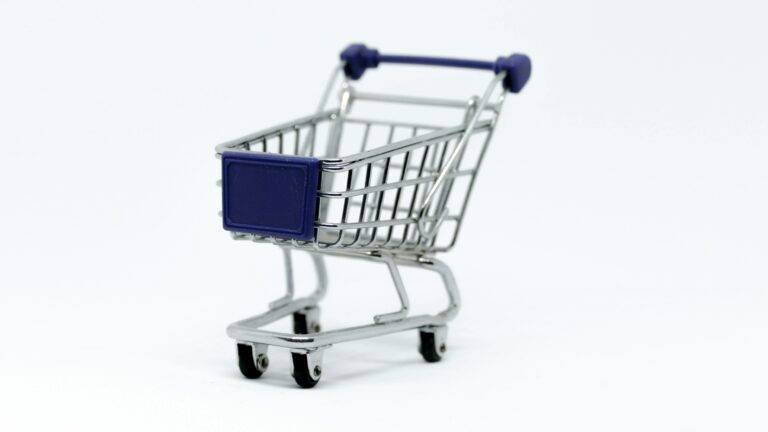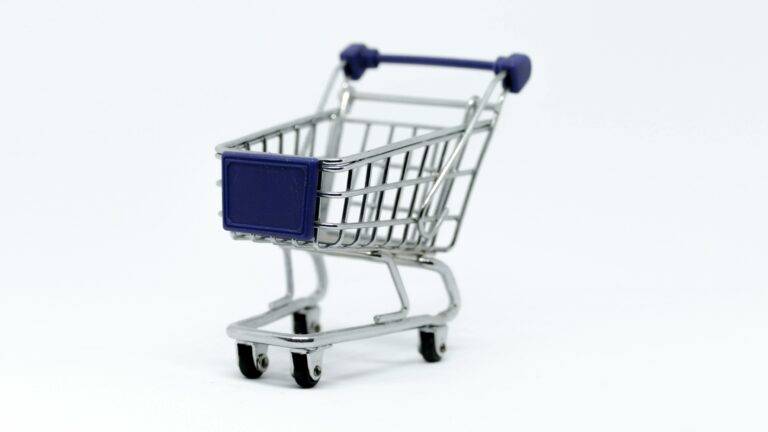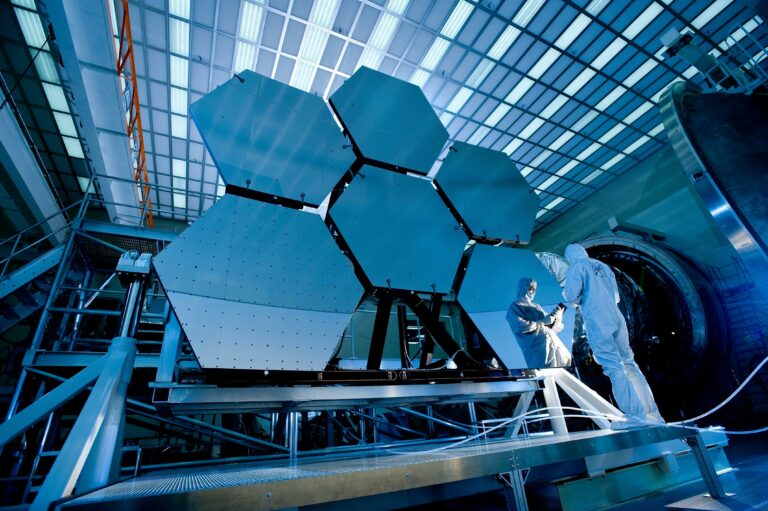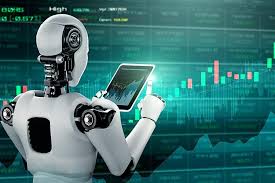3D Printing: Changing the Face of Manufacturing
Additive manufacturing technology, also known as 3D printing, has been on a steady rise in various industries. This innovative approach to manufacturing allows for the creation of complex and customized products with great efficiency and precision. The ability to build up material layer by layer has opened up new possibilities in design and production processes.
As the technology continues to advance and become more accessible, additive manufacturing is increasingly being integrated into traditional manufacturing workflows. Companies are realizing the benefits of utilizing 3D printing for rapid prototyping, reducing material waste, and enabling on-demand manufacturing. With its potential to revolutionize the way products are made, additive manufacturing is playing a pivotal role in shaping the future of manufacturing industries.
The Impact of 3D Printing on Traditional Manufacturing Processes
Traditional manufacturing processes have long been the cornerstone of industrial production, relying on intricate machinery and skilled labor to create complex products. However, with the advent of 3D printing technology, a significant shift in the manufacturing landscape has been observed. Unlike traditional methods that involve subtractive techniques, 3D printing is an additive manufacturing process that builds objects layer by layer using digital design files.
One of the key impacts of 3D printing on traditional manufacturing processes is the potential to streamline production timelines and reduce costs. With the ability to create intricate designs in a single printing process, companies can cut down on the need for multiple tooling stages and lengthy setup times. Additionally, the flexibility of 3D printing allows for rapid prototyping and customization, enabling manufacturers to respond more quickly to market demands and design changes.
Advantages of Using 3D Printing in Manufacturing
3D printing in manufacturing offers increased design flexibility due to its ability to create complex shapes and structures that may not be achievable through traditional manufacturing methods. This allows for the production of highly customized and tailored products to meet specific customer needs and requirements without the constraints of traditional tooling limitations.
Moreover, 3D printing enables rapid prototyping and iteration cycles, reducing time-to-market and overall production lead times. By streamlining the product development process, companies can quickly test and refine designs, accelerating innovation and ultimately bringing products to market faster and more efficiently.
• Increased design flexibility
• Ability to create complex shapes and structures
• Production of highly customized products
• Rapid prototyping and iteration cycles
• Reduction in time-to-market and production lead times
• Streamlining product development process
• Accelerating innovation and bringing products to market efficiently
What is additive manufacturing technology?
Additive manufacturing technology, also known as 3D printing, is a process of creating three-dimensional objects by layering materials on top of each other based on a digital model.
How has 3D printing impacted traditional manufacturing processes?
3D printing has transformed traditional manufacturing processes by reducing lead times, minimizing waste, and allowing for more complex designs to be created with ease.
What are the advantages of using 3D printing in manufacturing?
Some advantages of using 3D printing in manufacturing include cost-effectiveness, customization, rapid prototyping, and the ability to create intricate designs that are difficult to achieve through traditional methods.







